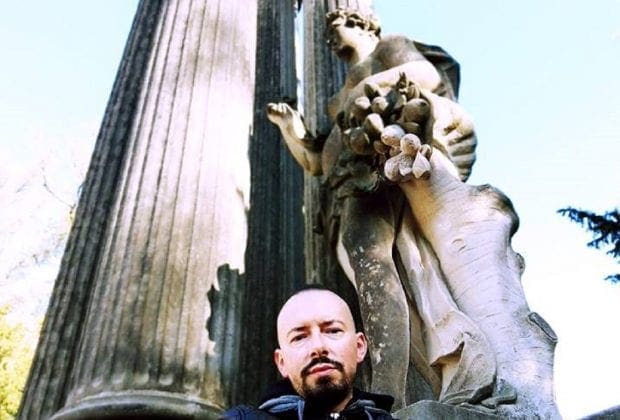

“At Audemars Piguet art exhibition, you have your own time. You can spend more time in one room and little in another. “I want the visitor to treat the show like an art exhibition,” says Mathieu. Visitors can also experience what it is like to be a watchmaker by drilling the watch dial or working with a tiny screw. Room No 6 is a fascinating stop, dedicated to the design and evolution of time pieces influenced by cultural movements, which range from Art Nouveau in the 1900s to the hippie movement of the 1960s. Jules-Louis Audemars created it to mark his apprenticeship prior to establishing the company with Edward-Auguste Piguet the same year. This pocket watch is the genesis of Audemars Piguet. Other rooms showcase the vast collection of heritage watches – “1875 Jules-Louis Audemars School Watch”, for example. “There are many things to say about a 141-year-old firm and so I needed 12 rooms for 12 chapters of the Audemars Piguet story,” he says. The story of Audemars Piguet starts in Room No 2, where the family crest is portrayed along with flags, symbols and coats of arms. Visitors to the exhibition access the valley through Room No 1 – The Origin. “The quiet of the valley with its magnificent views means that the Audemars Piguet watchmakers have plenty of time to concentrate on the complexity of the watch,” the French designer says. Locals make the rocks pay for such a long and harsh winter by extracting top-quality iron ore for the watch industry. It is, however, the perfect place for a horologist. In the old day, the Combiers, as the natives of Valle de Joux are known, had to forge knives and tools over the long winter and trade these for potatoes and wine with the French who live on the other side of the mountain when summer arrived Unlike Lausanne, it is not a place for people to lived or for crops to grow. The landscape of Valle de Joux is rugged and the mountains are often capped with snow for nine months. It was founded in Valle de Joux in the Swiss Canton of Vaud by Jules-Louis Audemars and Edward-Auguste Piguet in 1875. The company is one of the highest-end watches, and one of the few remaining independent maisons. Indeed, without a rock, Audemars Piguet would not be recognised as a watchmaker. It signifies the beginning,” says Lehanneur. “This rock is a perfect piece for Audemars Piguet. “In a way they act like the hands of a watch,” says the French designer.īack down in the installation hall, you feel like you are turning the clock back to the very beginning of time.

Watching the installation from above, you see the visitors walking in criss-cross lines inside a huge watch dial. It is surrounded by 12 doors, each of which opens to reveal a story about Audemars Piguet: from it origins to today, from watch-making to contemporary art, from the small town in the Valle de Joux to other parts of the world. The centrepiece is a pile of boulders representing the watchmaker’s mountain home. Mathieu made a huge copper ring placed in the Yuz Museum to embody a watch dial – or the ring of time. And so we realised that everything about Audemars Piguet should be shared with others.”ĭesigned by French designer Mathieu Lehanneur, the installation is a piece of architecture in itself. “Every time we share the Audemars Piguet’s stories, people say, ‘Wow! We didn’t know that’. No one even knows where Le Brassus is.” says Francois-Henry Bennahmias, the watchmaker’s chief executive with a wry smile. This exhibition, says its chairwoman Jasmine Audemars, is the most ambitious ever organised by Audemars Piguet outside its museum in Le Brassus. The show titled “To Break the Rules, You Must First Master Them” is set up at Yuz Museum, a private contemporary gallery and encompasses more than 200 watches spanning the life of the Swiss firm. AUDEMARS PIGUET, maker of high-end luxury Swiss wristwatches, delves deep into its long history in a new exhibition in Shanghai that’s disguised as an art installation.


 0 kommentar(er)
0 kommentar(er)
